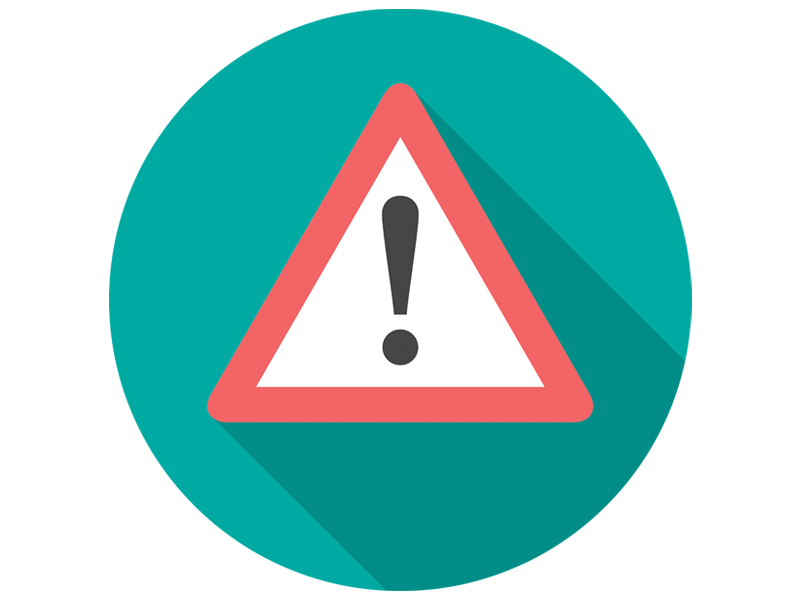Get Easy Health Digest™ in your inbox and don’t miss a thing when you subscribe today. Plus, get the free bonus report, Mother Nature’s Tips, Tricks and Remedies for Cholesterol, Blood Pressure & Blood Sugar as my way of saying welcome to the community!
The ‘unnatural’ danger that follows a natural disaster

Question: What do you get when you combine a natural disaster of epic proportions with government denial, poor planning and indifference?
Answer: Massive public exposure to toxic chemicals, often without public knowledge.
Hurricane Harvey may have faded into memory for many of us in the United States. But it’s still vivid for people like Bret Simmons, whose legs erupted in blisters, burns and lesions as he pushed his wife Phyllis on a motorcycle through the hurricane’s poisonous floodwaters.
Six months after the fact, Houston area residents like Simmons still have unanswered questions about the long-term health consequences of this catastrophic event.
And don’t think this has nothing to do with you. What’s happening in Houston is happening in other parts of the country, and is just one sign of a larger, more insidious problem.
Hushing up the toxic truth
When Hurricane Harvey slammed into Houston, it ripped through a corridor of 500 chemical plants, ten refineries and 6,670 miles of oil, gas and chemical pipelines.
Almost half a billion gallons of contaminated waste water was released into floodwaters around Houston from just one of these chemical plants. This included known carcinogens such as benzene and vinyl chloride.
Yet EPA regulators alerted the public to only two of these spill sites, both already well-known Superfund cleanup sites. (A Superfund site is any land in the U.S. that has been identified by the EPA for cleanup due to contamination by hazardous waste).
Residents are still in the dark about the damage done by dozens of other chemical plants, many long-time polluters that have spewed gallons of poisonous waste into the area’s waterways already.
Chemicals before people
Where, you might ask, is the Environmental Protection Agency while all this is happening? Are they down there testing water, soil and air, and holding chemical companies accountable for the toxic spillout?
While reporters were on the ground, on foot and in boats, inspecting the devastation, the EPA claimed they were unable to reach many of the sites.
We’ve already seen how the EPA has failed to protect us from poisons in our drinking water. In the aftermath of Harvey, it’s become even more clear that agency head Scott Pruitt has missed the point of the EPA’s mission statement, “to protect human health and the environment.”
- In January, Pruitt rescinded the 2015 Waters of the U.S. Law, which would have limited the use of chemical fertilizers and other pollutants that could run off into small streams.
- In March, he issued an order that stripped the authority of local, on-the-ground EPA administrators to veto decisions made by the Army Corps of Engineers, who lay oil pipelines that could pollute local waterways.
Pruitt has stalled changes to the EPA’s Risk Management Plan that would require companies like Arkema, whose chemical plant exploded and burned during Harvey, to disclose basic information to local communities and first responders. Information like:
- the inventory of chemicals contained in their plants
- a 5-year accident history
- safety data sheets
- evacuation information
Denying climate change
While scientists consistently point the finger at human activity as the source of global warming, Scott Pruitt denies it exists. But, if it does… maybe it’s good for us?
Says Pruitt, “We know humans have most flourished during times of warming trends. There are assumptions made that because the climate is warming that necessarily is a bad thing.”
Assumptions?
Christina Whitman, Pruitt’s predecessor under President George W. Bush, puts it this way:
“A broad consensus of scientists … warn of the influence of the warming climate on extreme weather events. Hurricanes Harvey and Irma … are potent reminders of the cost of ignoring climate science.”
For now, you shouldn’t count on the EPA to apply common knowledge in order to “protect human health.” It’s time to learn what you can do to protect yourself.
Protecting yourself from toxic waste
Nearly half of the U.S. population lives within ten miles of a Superfund site. Chances are good that you’re among them.
Know your Superfund site danger. Use this link to locate Federal Superfund cleanup sites in your state. I was shocked to learn that in the state of Maine there are sixteen of them, several just a 30-minute drive from my home.
If you live in a coastal area, be extra vigilant about the possibilities of flooding. For example, a recent article in my local paper warns that several local Supersites are at increased flood risk from sea level rise.
Eat detoxifying foods. Here is a list of naturally cleansing foods to include in your diet.
EDTA chelation. EDTA chelation is a safe and readily available method for detoxifying your body since you can get it in supplement form, now. Previously, it was only administered by IV. Since odds are you’ve already been exposed to toxic waste in some form, chelation is something you should look into today. In fact, you can read more about it here, including its use for heart health you hear very little about.
Sources:
- EPA has still yet to inspect nearly a dozen Houston-area hazardous waste sites — ThinkProgress
- Christine Todd Whitman: How Not to Run the E.P.A. — The New York Times
- What Scott Pruitt Still Gets Wrong About Chemical Safety Post-Hurricane Harvey — Union of Concerned Scientists
- EPA head Scott Pruitt says global warming may help ‘humans flourish’ — The Guardian
- Climate Impacts on Human Health — epa.gov January 19, 2017 Snapshot
- Hurricane Harvey’s Toxic Impact Deeper Than Public Told — Popular Mechanics













